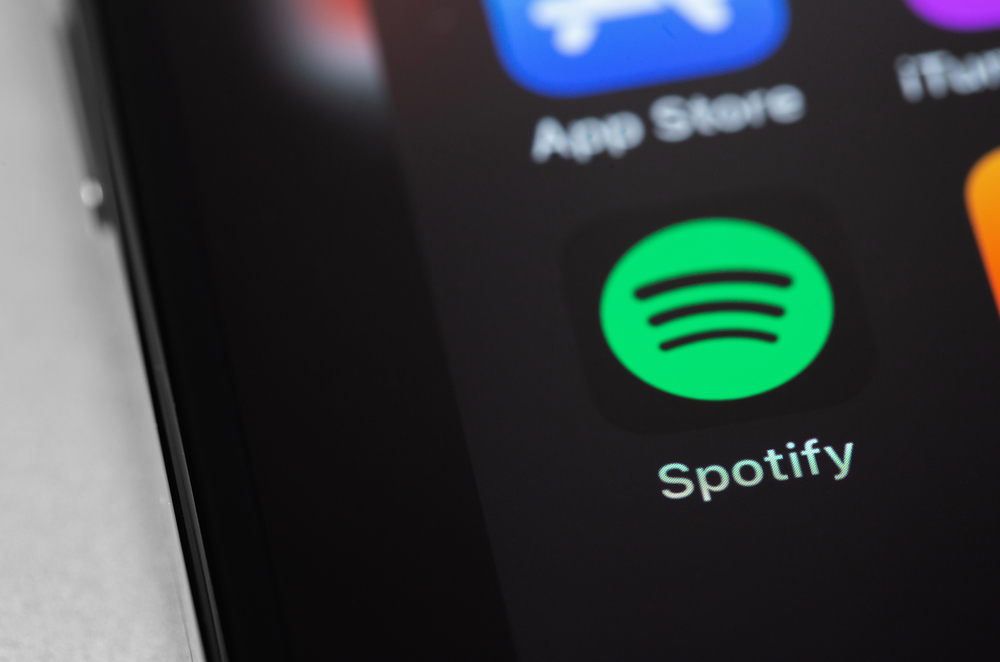Spotify is the leading streaming service globally and has been recognized for having 271 million monthly active users. It is not only about music availability—Spotify was the first to innovate a new way of music consumption and has become a significant discovery platform for artists all over the world. Although conventional discovery avenues remain relevant, these include radio, press, and social media platforms, a large portion of the discovery is now occurring within the consumption platforms themselves.
There are three primary ways through which Spotify adds new music to its users: editorial playlists, algorithmic playlists (like Daily Mix), and last but not least, curated and generative playlists. Despite the first two methods being rather hard to use, Spotify editorial lists are readily available to anyone with a Spotify for Artists account.
In this article, we will focus more on the second one and give tips on ensuring that your music or the artists you represent have the highest chance of getting on Spotify playlists. This is a simple guide on submitting music for Spotify playlist consideration.
How to submit your music for Spotify playlists: 6 suggestions
Spotify playlists are thus a very competitive place, so to get your music on there, you must do everything right. But there are some pretty basic things that you can do to help your music along, and we’re going to walk you through that below:
1. Focus on your best song
Even when you love every track in your album, you should know that even top-tier artists don’t get their entire album featured on a Spotify playlist: only the most catchy and appealing songs are allowed to be on the playlist. You probably already have a good idea of what music you want to submit that your fans love and, given its potential, could grab the attention of a new listener—or even the Spotify editorial team.
You might have analytics from various platforms showing that your audience has different favorite tracks. Either way, choose carefully and focus on getting that one song featured on a playlist.
2. Pay attention to your metadata
Every song must be backed up by proper and detailed metadata information to get the correct credit and earnings for your music. This is especially important if you want that track to be considered for a Spotify editorial playlist. Accurate metadata will also help to associate the song with your Spotify profile and build your audience, and if you are the songwriter, maybe even your streaming earnings.
3. Submit your track at least one week BEFORE its release
Today, you can submit your music to an editorial playlist just before the song goes public.
In order to do so, your song should be available on your Spotify artist profile before it’s released. Yeah, I know, it’s a bit tricky to understand… let me try to explain:
When you’re using a music distributor service, you have the option to choose your release date.
Take into consideration it takes a week or two for the distributor to place your song on the different streaming platforms, and also consider you can submit your music to editorial playlists up to a week before the song goes live, so it’s safe to say you should schedule your release. weeks after you upload it to the music distribution service. Don’t know which distributor to work with? Check out the best music distribution services, and choose the one that fits you best.

4. Submit your music to curated playlists
Getting your music on curated playlists can boost your streams and increase your chances of getting on Spotify’s algorithmic playlists. In order to trigger the algorithm, you’ll need to generate real organic traffic in the first week of the release and at least 8,000 to 10,000 streams.
This can be done by using an organic Spotify promotion like One Submit, which can help you get on playlists fast and efficiently. But there’s no magic trick here; you’re music needs to be top-notch in order to convince the curators to place your music on their playlist.
5. Develop your narrative outside of Spotify
The Spotify editorial team doesn’t rely solely on your activity within the Spotify platform. In the end, being a more recognized artist or simply being more established in the industry dramatically increases your chances of getting accepted. This means improving your profile on other platforms like Spotify, YouTube, and Facebook, creating your profile on other websites, and making sure you market your name through marketing.
6. Become verified
In the past, you needed at least 250 followers to get verified on Spotify, but it’s been simplified now: all you need to do is create an account with Spotify for Artists. It is a reasonably straightforward but critical process for getting playlisted on Spotify.
Good luck with your music.

